I don't have problems working with low voltages like 12V, but when I started working with higher voltages using MOSFETs, I ran into problems with MOSFETs overheating. I tried anything that came to mind but with no success.
I am using old components, transistors, resistors, MOSFETs, etc. I picked them up from old electronic devices I have, but I always check them before using them.
So I have some questions and I would appreciate any help.
My questions are:
Can MOSFETs handle high voltages, like 100 V and 220 V DC? I researched that, but I got confused, because some websites say that they can handle way more than 220 V, and some say they can't, or that you can't use MOSFETs like that.
Also, if a MOSFET can handle 100 V and 220 V, can we use it as a simple switch in a simple circuit with 220 V, like in this picture below?

simulate this circuit – Schematic created using CircuitLab
When I tried to use it as a simple switch with 220 V it got very hot quickly, and even when I used it with 20 V it got hot. What is the problem, am I using it wrong?
Also, most of the MOSFETs I have seem to pass current from the gate to both the source and the drain. I checked the datasheets and I found out that they were enhancement n-channel MOSFETs, so I am very confused.


